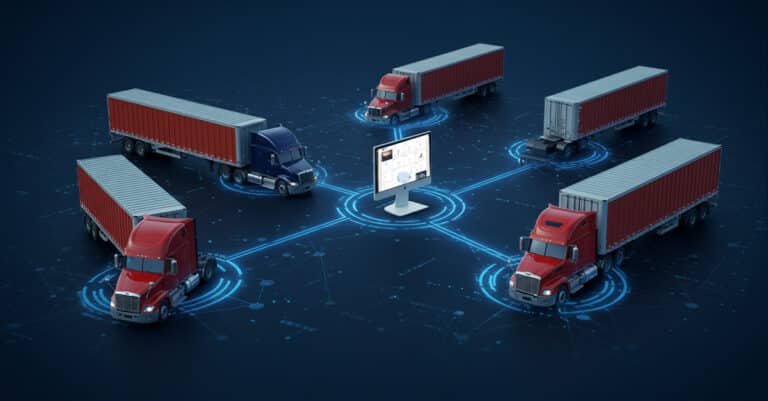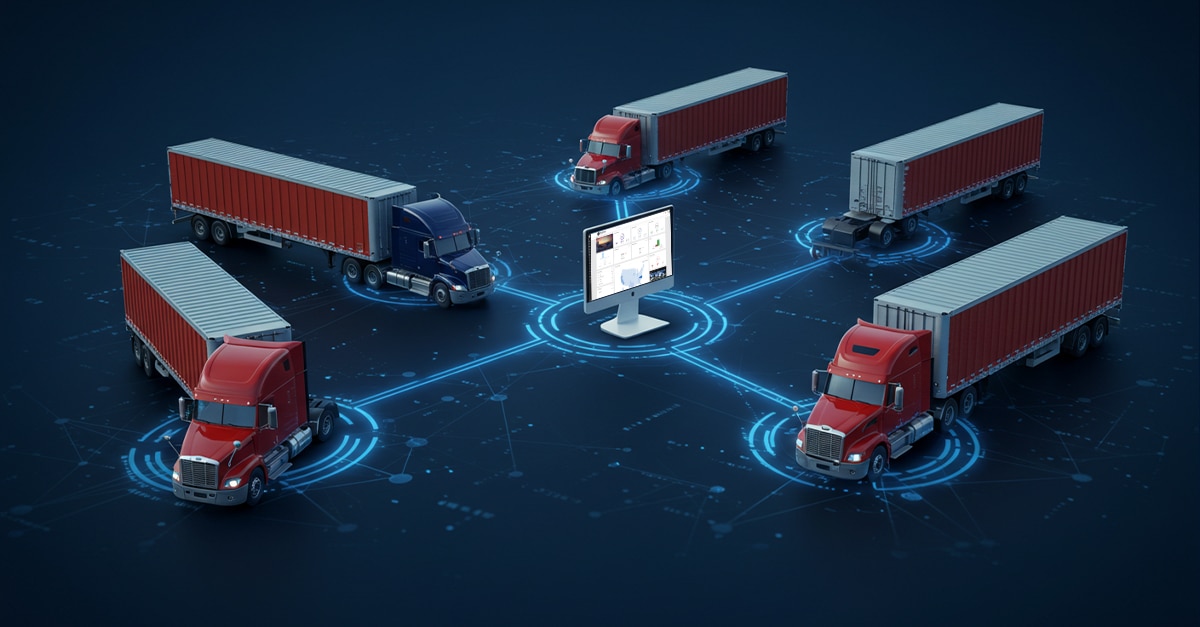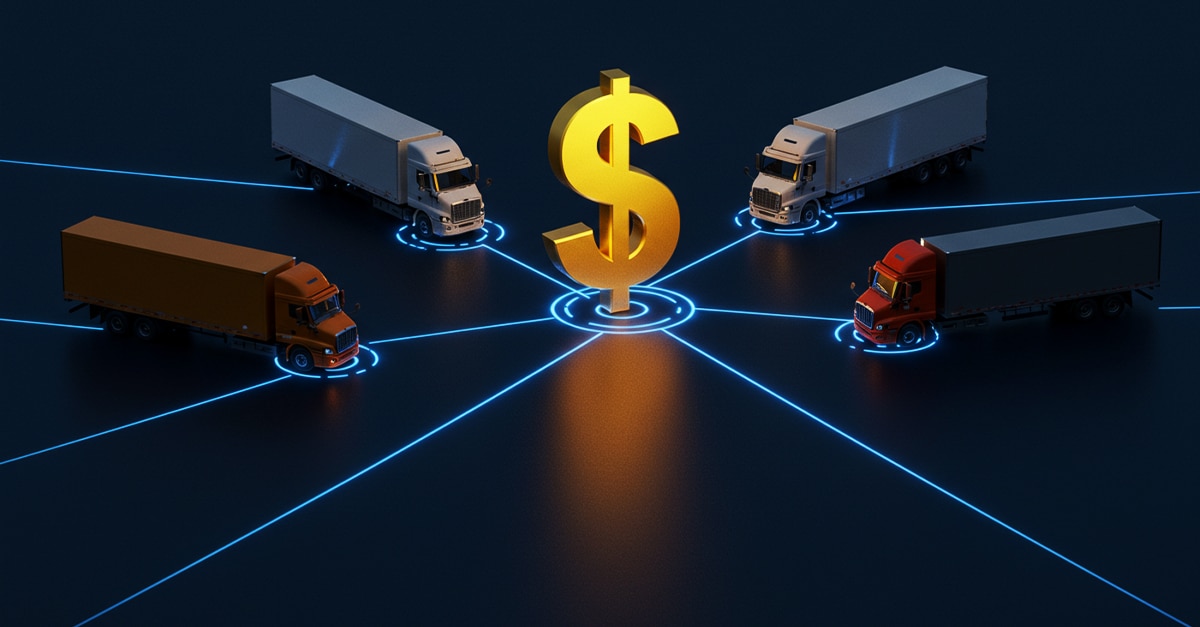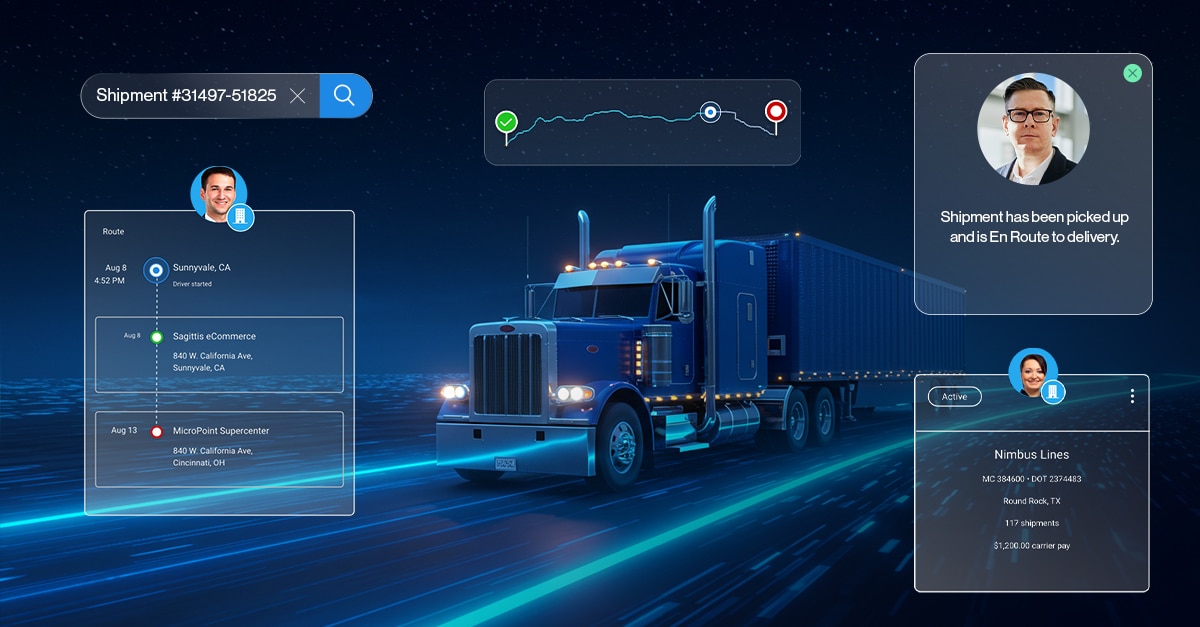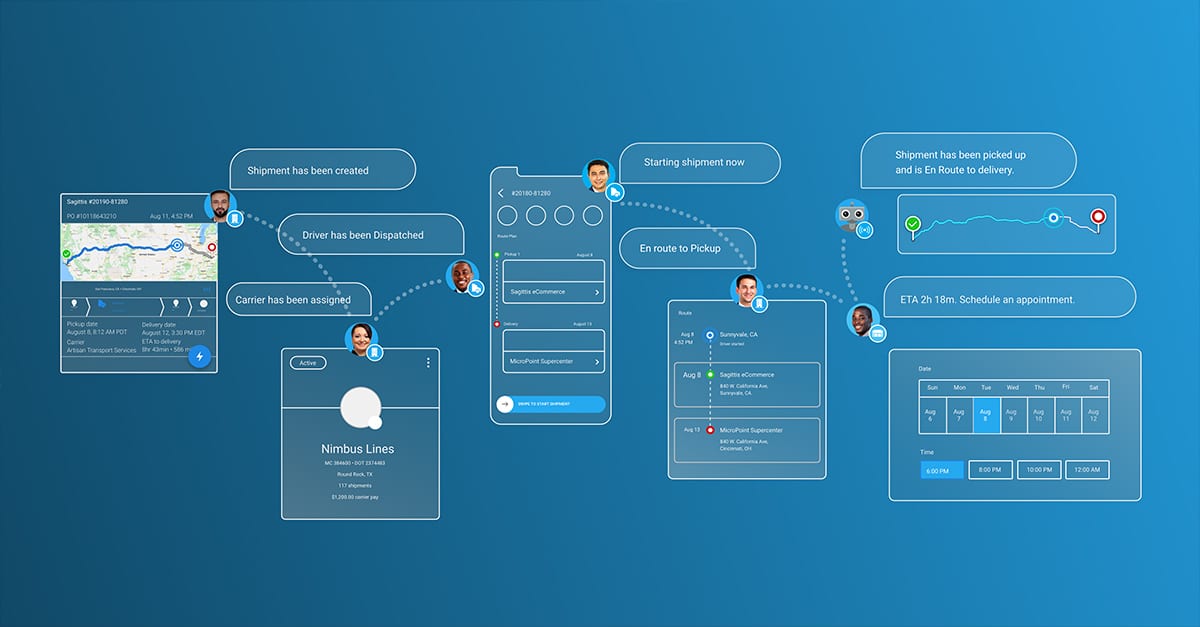Supply chain digital transformation continues to drive new technology adoption around the globe, particularly those surrounding collaborative logistics conversations. Unfortunately, meaningful transformation remains out of reach for many.
What’s meaningful digital transformation? It’s the process of seeing the promised results from the implementation and adoption of digital tools. Unfortunately, without the right use case, proper communications to your team, and effective change management in place to ensure that long term adoption occurs, most companies will not see the ROI they expect.
A recent Haven publication, the “State of Freight Digitalization,” revealed some surprising details about why companies continue to face roadblocks to freight technology adoption. Rather than giving away all the juicy details of what to expect in the next Supply Chain Meetup, #TNYSCM24, supply chain leaders can get ready by understanding a few basics that get overlooked.
Too Many Systems That Get in the Way of Real Gains
Remember the saying, “there’s an app for that?” That same sentiment exists within supply chain management technology. The industry has wholeheartedly gone after every opportunity to improve efficiencies and leverage new technology. However, it created a significant problem. Implementing new technology for the sake of new technology without ensuring its actual returns only adds strife and hassle. The plethora of supply chain systems were not originally designed to work together. Instead, they were built as a one-touch solution to a specific need, but the modern supply-chain is inherently dependent on other processes and people. Even with these processes in place, manual needs remain.
The Haven survey found 35% of respondents cited manual processes, such as login to 23 different systems to track a shipment, as a significant challenge. Even for intuitive systems, getting everything aligned exactly right often involved multiple workarounds and unnecessary processes. As explained by McKinsey & Company: “Even companies that recognize the need to take a holistic approach to supply-chain technology face another major hurdle: getting from here to there. Transformation in any part of a business has always been difficult. It requires organizations to juggle multiple moving parts, including people, processes, and management infrastructure. And it requires them to overcome all the usual technical, organizational, and cultural obstacles to change.”
Of course, figuring out how to balance the full suite of systems in the tech stack continues to cause other problems in knowing the actual ROI of system use.
ROI Remains Somewhat Below Expectations
Measuring the ROI of a new supply-chain system was identified as the most important measure when deciding whether to build or buy logistics technology. With systems that do not work together, technology itself becomes cumbersome and counterintuitive. Deriving real ROI lies in bringing the data from systems through Z together and accessing those systems from a single touchpoint. Also, growing the business usually meant increasing the headcount. More workers allow the company to secure more clients by providing more quotes at a faster pace. This applies to freight forwarders, freight brokers, logistics service providers, shippers, carriers, and the like. However, automation is now on its way to becoming the enemy.
Does Automation Get in the Way Too
Automation is continuously discussed as the end-all way to add value. Yes, it eliminates the need for more workers. But it is only as valuable as the information and processes it automates. The capabilities to deploy automation are so new, and supply chain leaders have fallen into this transformation burnout cycle that decision-makers are almost unwilling to see the opportunity for real ROI. Unless automation can transcend the boundaries set by individual systems, it does little to improve brand value. Through the implementation of frictionless logistics that adds value, supply chains can work in harmony. LSPs can connect with drivers. Drivers can share proof of delivery (POD) to other partners and customers. Customers can query a customer-facing system, seeing the shipment status in real-time. This creates a single way to view the holistic order-to-cash cycle and derive more value.
Overcome the Supply Chain Freight Technology Roadblocks With Informed, Easy Decision Making
According to the survey, 60% of companies deploy some form of automation, but only 7% can claim fully automated processes. That’s a huge opportunity to expand, and automating the data sharing processes to maximize supply chain system value is key to breaking down the remaining barriers. What about the others with combined automated and manual processes?
Well, we cannot give you everything here. Be sure to sign up online to participate in Supply Chain Meetup on August 27 at 2:00 PM EDT to hear from Turvo Co-Founder, Jeff Dangelo, as he speaks about the “Roadblocks to Freight Technology Adoption”


